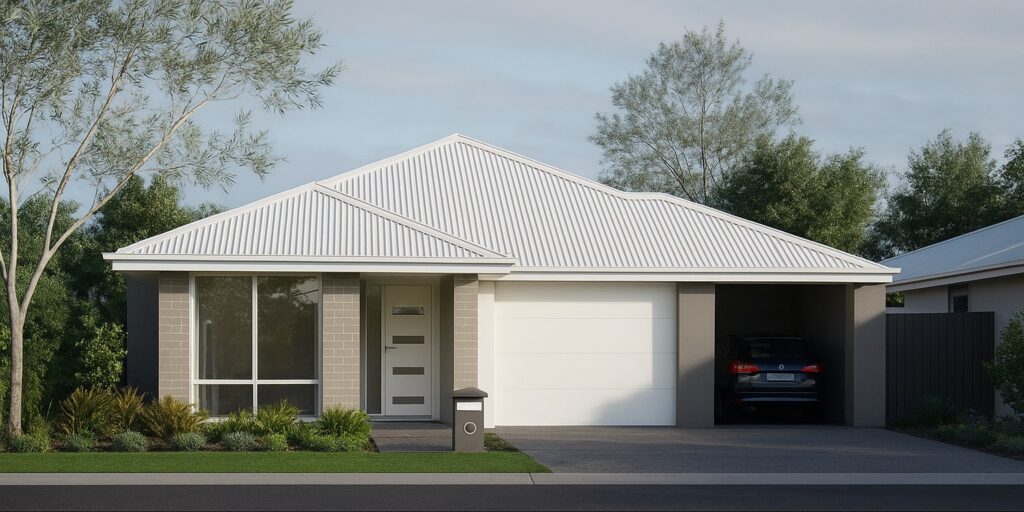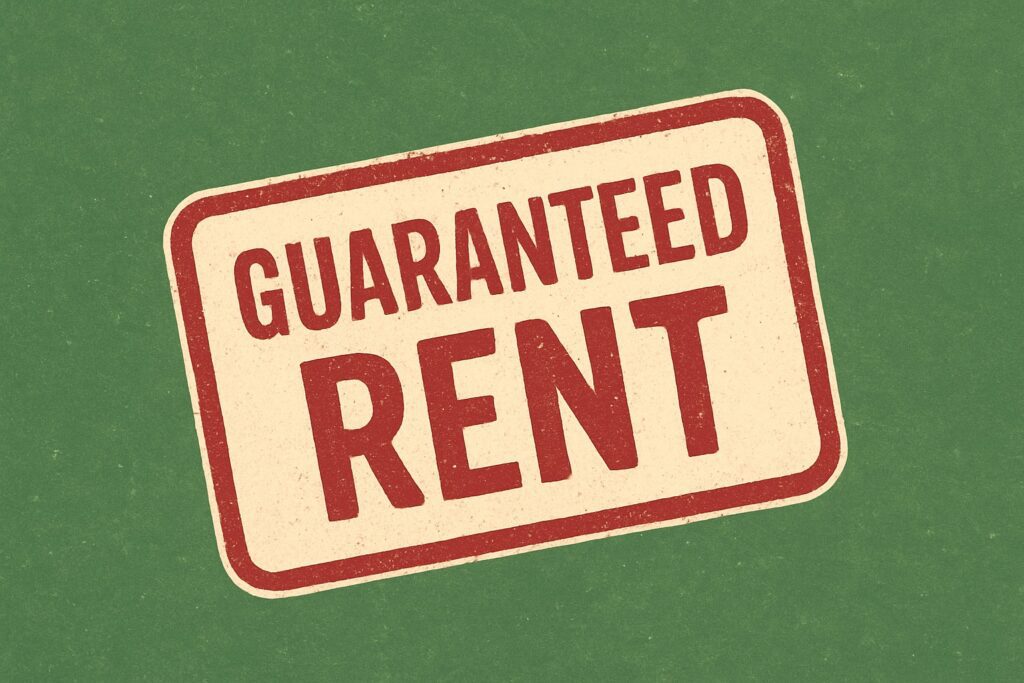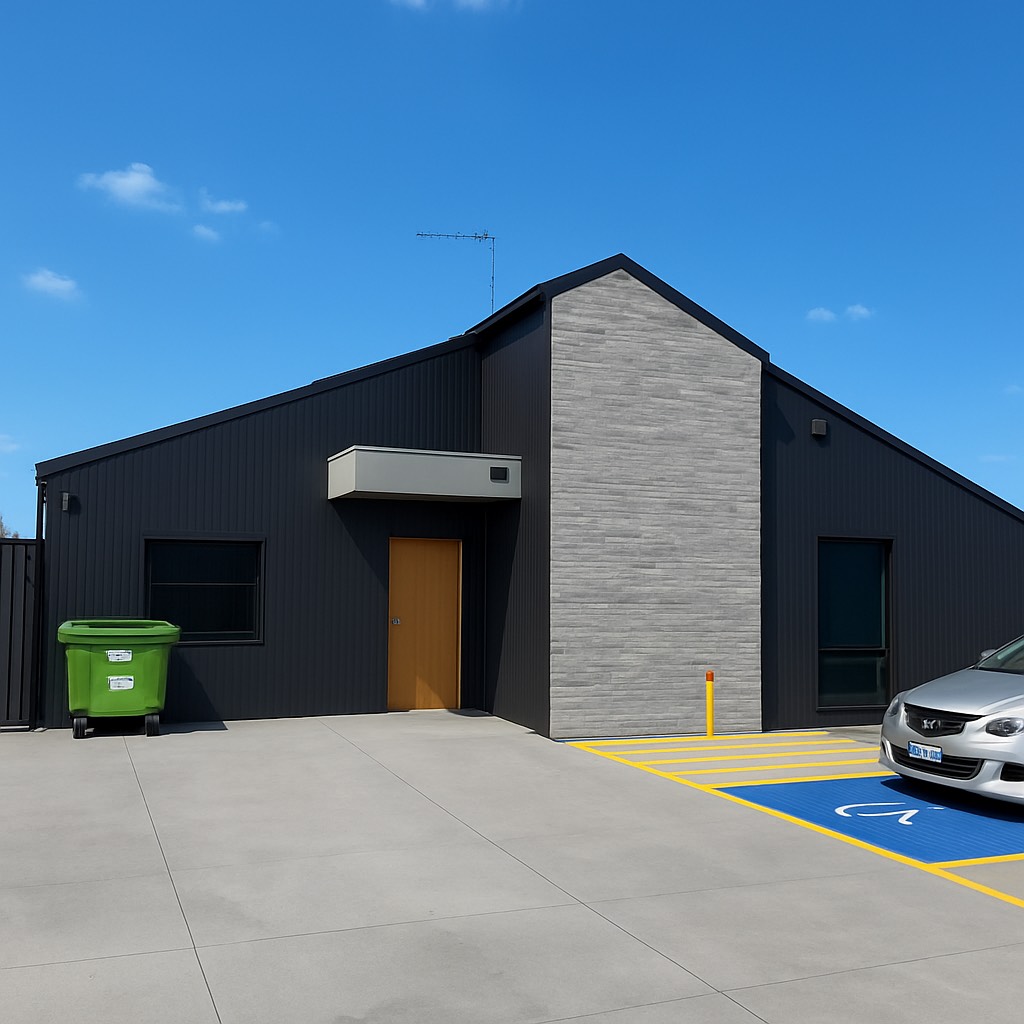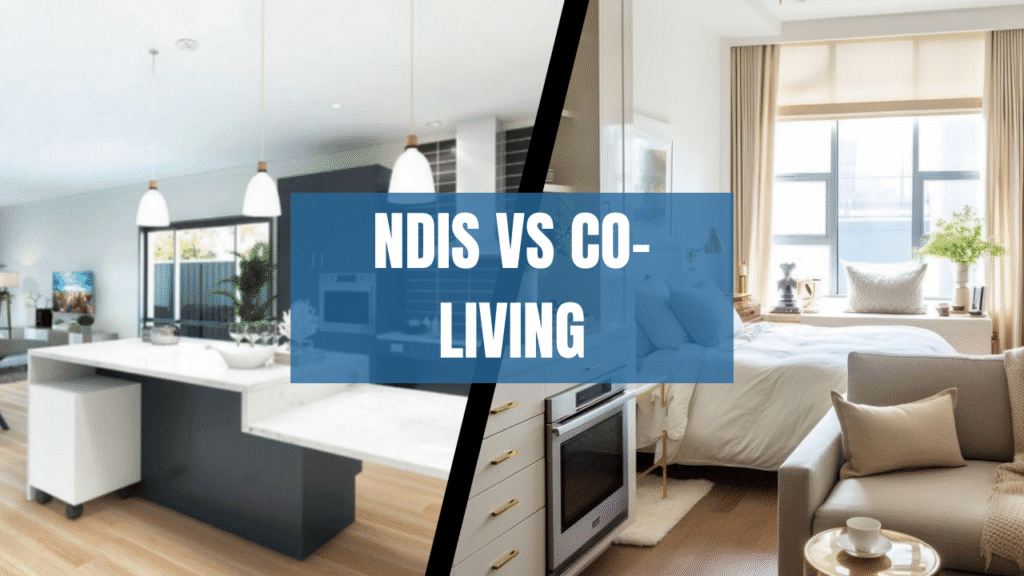
In a property market where traditional residential investments are struggling to deliver strong returns, smart investors are looking at alternative strategies. Two of the most talked-about approaches in 2025 are NDIS vs co-living investment models. Both offer high potential yields—10% to 12% or even higher in some cases—but they operate in very different ways.
This article unpacks the key differences, highlights where the money is really being made, and explains why choosing the right strategy (and avoiding common traps) is more important than ever.
What Is Co-Living?
Co-living refers to properties designed for multiple unrelated adults, typically renting a single room and sharing common areas. A modern co-living setup might have 5 to 9 bedrooms, fully furnished rooms, Wi-Fi, utilities included, and a cleaner maintaining the shared spaces.
Co-living tenants are often working professionals, travelling tradespeople, students, or people between longer-term homes. In short, it solves affordability and flexibility in one go—which is exactly why it works so well.
Co-living serves a broad section of the population. However, it relies on good locations, quality fit-outs, and proper licensing to hit those 8–12% yields consistently.
What Is NDIS/SDA Investment?
SDA (Specialist Disability Accommodation) is a part of the NDIS (National Disability Insurance Scheme), created to fund purpose-built homes for people with extreme functional impairments or very high support needs. These homes are not just any disability housing—they must meet strict design guidelines and be enrolled with the NDIS.
The most lucrative SDA homes are those built to High Physical Support (HPS) standards—often requiring ceiling hoists, robust construction, and smart home automation.
The potential yield is massive—10% to 12% net returns are very realistic—but SDA is not for beginners. Financing is difficult. Approval processes are complex. And recent lending changes have made it even harder for average investors to enter the space.
Financing Challenges: It’s Getting Harder, Not Easier
One of the biggest differences in the NDIS vs co-living investment debate is the ability to finance a project.
Co-living properties, while specialised, can often be financed with the help of a knowledgeable broker. Investors may need to work with second-tier lenders or go through a commercial loan structure, but the financing path is relatively straightforward.
NDIS/SDA homes, on the other hand, have become notoriously difficult to finance in many areas. Major banks have blacklisted entire postcodes. Most lenders won’t touch SDA at all. And now, with the Sophisticated Investor Test coming into play, only a narrow group of investors even qualify.
This has created a two-speed market—cash buyers and experienced investors are stepping in and picking up properties with very little competition, while others are effectively locked out.
Location Limits and Rules You Can’t Ignore
Co-Living Zoning Rules
• In Brisbane, co-living homes are often capped at 5 bedrooms.
• In Victoria, you can build co-living homes with up to 9 bedrooms—a huge advantage. These policies matter. Bigger homes generally mean higher yield, as long as they’re done right and well-managed.
• Rooming houses in Victoria may also qualify for a land tax exemption—[check your eligibility using this official checklist].
SDA Location Risks
SDA isn’t just about the house—it’s about the demand in that exact location. You can’t just build anywhere and expect it to work. Many investors have failed because they built in oversupplied areas where local participants either didn’t exist or were already housed.
And it’s not just a question of demand. It’s also about competition, vacancy risk, and long-term viability. with NDIS, being in the wrong spot can mean zero income!
Build Costs: Cheap is a Trap
Co-living properties are cheaper to build per m2 than SDA. But even here, cutting corners can backfire. When you’ve got 9 people sharing a house, wear and tear accelerates. Noise becomes a factor. Good design, solid finishes, and quality management systems aren’t optional—they’re the foundation of consistent returns.
SDA properties—especially those built to High Physical Support standards—cost significantly more to build. SDA properties are more expensive per square metre due to compliance and support features. But that doesn’t necessarily make them more expensive overall than co-living, which can host more people and generate strong yields at scale.
Participants don’t save money by choosing cheaper properties—they choose what best suits their needs and preferences. So cutting corners to create the cheapest option on the market is more likely to result in your property being overlooked.
A good SDA provider can be instrumental in this process—connecting you with potential participants and ensuring your property meets real-world demand.
Realistic Returns: Don’t Fall for Hype
With co-living, a 9-bedroom property with 90–95% occupancy can generate gross yields around 12%, and this is actually achievable. These homes fill quickly in the right area because the demand is there—especially in places where single rooms are scarce and rents are rising.
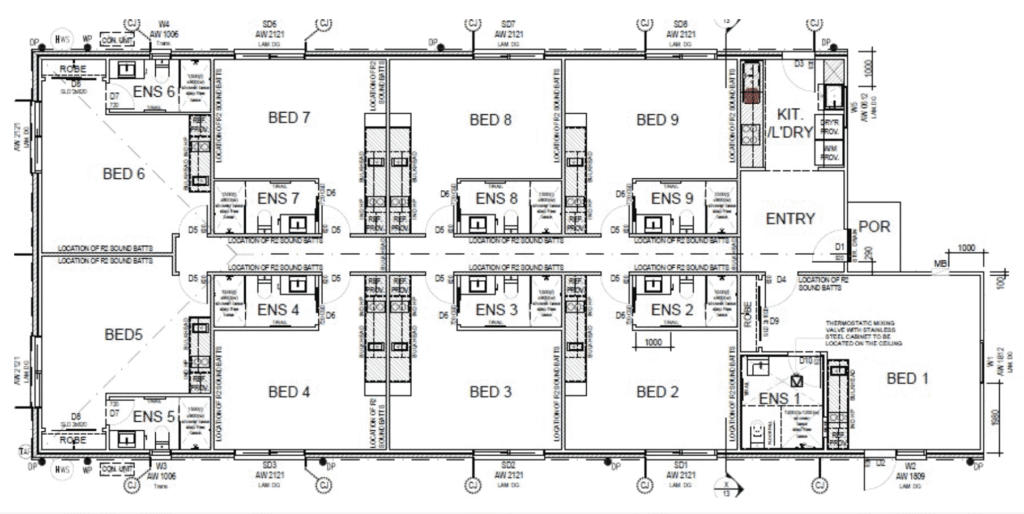
With SDA, you need to be realistic. You will not rent to three participants most of the time, no matter what the salesperson says. Be thrilled if you get one long-term participant, especially if they’re living with family and contributing extra rental income. These situations are golden. But they’re also rare.
Some of the best outcomes we’ve seen come from setups where a participant lives with their family. But whichever approach is used, it needs to be grounded in real demand—not just a spreadsheet.
Anyone promising you 20–22% yields based on multiple tenants in an SDA house is either uninformed or dishonest. Your real benchmark should be one good tenant, maybe one more over time, and then anything extra is a bonus.
Who’s Paying Rent? And How Reliable Is It?
With co-living, rent comes from individuals who are often working, but tenancy turnover is higher. You’ll have rooms filled most of the time—but not always.
With SDA, rental income is paid through the NDIS plan, making it government-backed and more stable. The challenge isn’t the potential income—it’s securing the right participants in the first place.
That’s why some of the best SDA setups today are those that house one participant with their family—stable, realistic, high-yield, and long-term.
Management: Both Need Expertise
Both strategies rely heavily on good management.
• Co-living needs strong tenant vetting, clear rules, and professional systems in place.
• SDA needs specialist management with deep knowledge of the NDIS framework, participant onboarding, reporting, and compliance.
Neither is set-and-forget. But with the right team, both can run smoothly and profitably.
Common Mistakes That Cost Investors Thousands
• Buying cheap SDA properties in bad areas, just because the price looks right.
• Believing salespeople who promise three participants per house without understanding the process.
• Choosing areas you like personally, instead of where the numbers make sense.
• Comparing realistic one-tenant scenarios to fantasy multi-tenant promises and walking away from solid opportunities as a result.
Stick to the fundamentals. Understand your risk. And don’t get distracted by hype.
Where the Smart Money Is Going
If you can afford it, buying large land and doing a knockdown rebuild in a high-end area has shown to be a strong approach.
For SDA, dual builds on big blocks in undersupplied locations have quietly produced some of the strongest outcomes. These aren’t available on Domain or realestate.com.au. They come from people with the network and knowledge to source them.
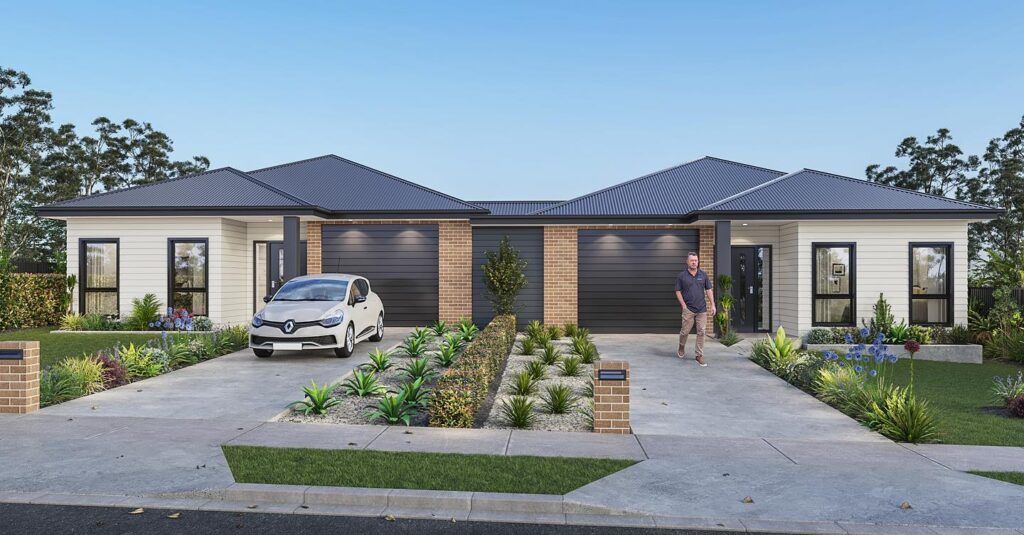
With co-living, larger homes in high-demand zones (especially in VIC where 9 bedrooms are allowed) are producing the highest yields.
Conclusion: Choose the Strategy That Matches Your Strength
NDIS and co-living are both viable, high-yield alternatives to traditional property investing in 2025.
• If you have capital, strong guidance, and patience, SDA can deliver unmatched long-term results.
• If you want something more accessible and scalable, co-living might suit you better.
But whichever path you choose, make sure you understand it properly. Work with people who’ve done it before. And focus on realistic numbers.
By Asle Kommedal – Topstone Property Invest

